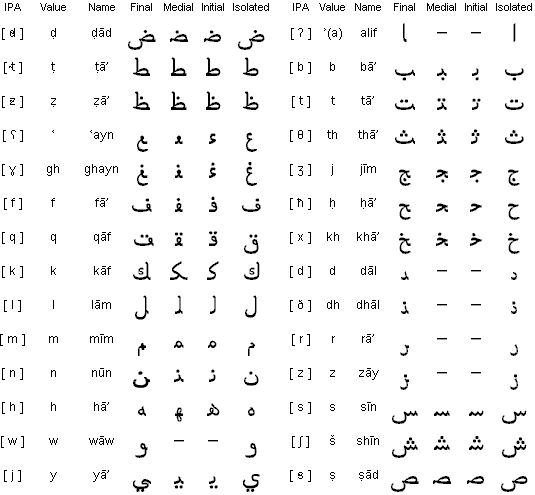Levels of Arabic
While this project focuses on the everyday, colloquial register of Arabic, the language actually has three main levels
contained with in it; Classical, Modern Standard, and dialect.
Arabic is a descendant of the Proto-Semitic languages and is similar in many ways to other Semitic languages
such as Hebrew and Aramaic. It works on a root and pattern system, much like Hebrew, where most words contain a
trilateral root and by manipulating the root into different patterns, on can derive a general meaning of the word.
Classical Arabic is what is used in the Islamic holy book, the Qu’ran, and it was the primary language used in Pre-Islamic
Arabia up until around the period of the third Islamic Caliphate, the Abbasids, in 750 CE. The Qu’ran in Arabic literally
means ‘recitation’ and it’s regarded by Muslims as the literal word of God as transmitted through the Prophet Mohammad,
peace be upon him. Arabic is often known as the ‘linguistic miracle’ because when the Prophet was an illiterate man but
when the archangel Jabriel came to him and told him to read and recite, he was able to. From there, the entire Quran was
revealed orally to the Prophet and he recited and recorded it in the form it still exists in today.
From Classical Arabic is where we get its descendant Modern Standard Arabic (MSA).
MSA is the written, formally spoken, literary form of the Arabic language and it is unique for the
state of diglossia that it exists in, in which MSA and dialect can almost be considered different languages.
MSA is a learned language, as in all Arabic speakers learn their specific dialect as their mother tongue.
Each region that speaks Arabic has its own dialect and they can, at times, be mutually unintelligible of from each other.
Standard Arabic is generally the same in every region and it is what speakers use in more formal contexts and also
to communicate with each other if their dialects are very different.
The Writing System

The Arabic writing system has goes from right-to-left and is written in a cursive script in which letters,
depending on their type and position, connect to the other letters in the word. There are 28 letters in the alphabet,
22 or which have different forms depending on if they are in the first, middle, last, or isolated positions in a word.
The three long vowels can also be used as constant and the three short vowels are diacritic markers that go above the
word when included but often, as with most of our excerpts, are not included and instead their sounds are inferred.
You can observe the different positions of each letter and their accompanying sounds in the chart of the right.

